Optogenetics
One of the primary methods for understanding behaviour and cognition is manipulation of neural circuits. Optogenetics is a popular tool that can produce perturbations in neuronal activity by activation of genetically encoded or virally infused opsins using the application of specific wavelengths of light.
Widefield optogenetics allows the activation of opsins across a relatively large region of interest with minimal selectivity.
A common application of widefield optogenetics is for experiments manipulating neural circuits in vivo.
- Overview
- Patch Cords & Rotary Joints
- Light Sources & Controllers
- Optical Cannulae & Sleeves
- Optogenetics Starter Kit
Overview
What is Widefield Optogenetics?
Widefield optogenetics can be conducted in many preparations from cultured neurons (in vitro), to brain slices (ex vivo), to head-fixed or awake freely-moving animals (in vivo).
It is also possible to combine widefield optogenetics with neuronal activity measurement tools such as electrophysiology, electrochemistry, and calcium/neurotransmitter and optical imaging.
To conduct widefield optogenetics in vivo, users can employ the following technique:
- Infuse or genetically encode appropriate opsin into the neuronal population of interest (e.g., Channelrhodopsin; ChR2, for activation of neurons with 470nm light)
- Implant optical fiber targeted at brain region of interest
- Attach optical patch cord to fiber ferrule and appropriate light source (e.g., 470nm LED)
- Apply photostimulation to activate opsin according to experimental protocol.
Patch Cords for Optogenetics
To provide illumination for opsin activation in awake, freely-moving research subjects, a patch cable is used.
Patch cables are flexible, durable, and lightweight while ensuring minimal light loss.
For more experiments requiring more naturalistic behaviours, including rotational, social, and explorative behaviours, and for integration with additional experimental hardware we provide patch cables that include a rotary joint.
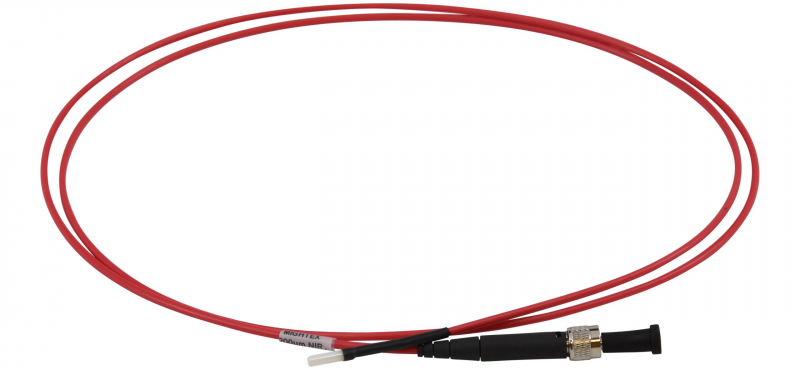
Patch Cables
Fiber patch cords featuring SMA connector and ceramic ferrule:
Available features:
- Core Diameters: 200um
- Ferrule Diameters: 125um; 250um
- Lengths: 1m; 2m – other lengths available upon request
- Numerical Apertures: 0.22NA; 0.37NA
Rotary Joint Patch Cables
Fiber patch cords featuring rotary joint, SMA connector and ceramic ferrule:
Available features:
- Core Diameters: 200um, 600um, 1000um
- Ferrule Diameters: 125um; 250um
- Lengths: 1m; 2m – other lengths available upon request
- Numerical Aperture: 022NA; 0.37NA
Available as single or furcated fiber bundles
Versatile options available upon request – contact us for more details
Optogenetics Light Sources
How to Choose a Light Source For Widefield Optogenetics
When selecting an optogenetic light source, you need to consider two key factors: the required light wavelength and intensity.
First, the opsin you select has a specific activation spectrum, such that an opsin will only be activated by certain wavelengths of light. An opsin usually has a peak wavelength at which it will require the least power to elicit a response. Wavelengths farther away from the peak wavelength will require a more powerful light output to elicit an optogenetic response. Therefore, it’s best to choose a light source closer to the peak wavelength to achieve optimal activation. For example, most researchers will use wavelengths close to 470nm for optogenetic activation of ChR2.
To learn more about the excitation spectra for common opsins, click here
LEDs are a prime choice for optogenetic experiments for a multitude of reasons. To start, LEDs are low cost and eye-safe, as well they have a long lifetime, making them a great choice for any lab looking to perform optogenetics.
Of importance, LEDs come in a wide-range of wavelengths (UV to NIR), and hence, scientists can usually find the appropriate LED that best fits their choice of opsins. Depending on the wavelength, the available output power can vary significantly between LEDs. In the visible range, LEDs can produce a large amount of power, so they are an ideal solution for most optogenetic experiments.
For in vivo optogenetics applications, the most common light source used is fiber-coupled LEDs. Learn more about Mightex’s fiber-coupled LEDs below.
Fiber-Coupled LEDs
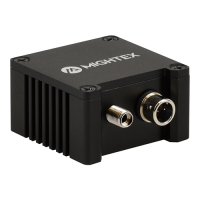
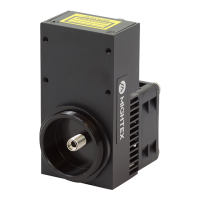
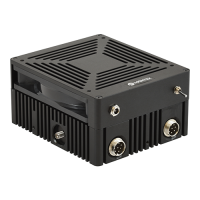
LED Controllers

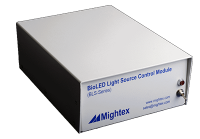
Optogenetics I/O Control Modules
PolyEcho – 12 Channel I/O Control Module
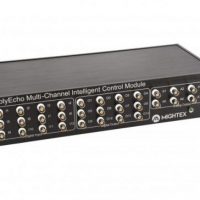
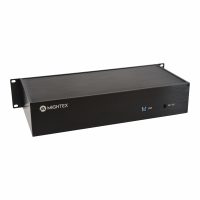
Optical Fiber Implants for Optogenetics
Optogenetics can be conducted in cortical and deep brain regions as well as spinal regions.
To target deep brain structures, optical cannula implantation is necessary. Illumination is then provided via patch cable connected with a sleeve to the outward facing side of the optical cannula. This strategy allows targeted stimulation of neurons deep within the brain in awake freely-moving animals. The type of optical cannula used depends on the experimental preparation (model species, brain region, light source, opsin, behavioural task etc)
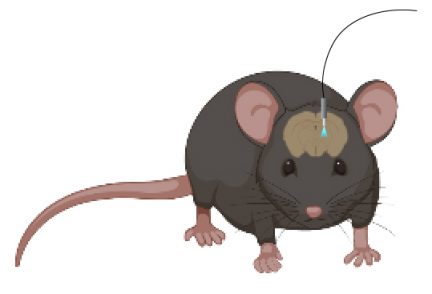
Optical Cannulae & Sleeves
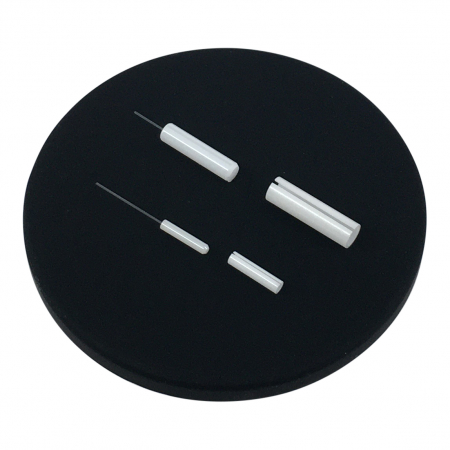
Available Features:
- Core Fiber Diameter: 200um
- Cannula Diameter: 250mm, 125mm
- Numerical Aperture: 0.22NA; 0.37NA
- Protrusion Length: 5mm; 10mm
- Matching Sleeves also available: 2.5mm; 1.25mm
Versatile options available upon request – contact us for more details
New To Optogenetics?
Expand your research capabilities with our ready-to-use, turn-key solution for ChR2 stimulation. This starter kit includes:
- Fiber-coupled super-high output power 470nm LED (up to 7.2mW with a 200µm fiber)
- Manual/Analog or Software/TTL LED Driver
- Optical Cannulae & Sleeves
- Standard or Rotary Joint Patch Cable
Versatile options available upon request – contact us for more details
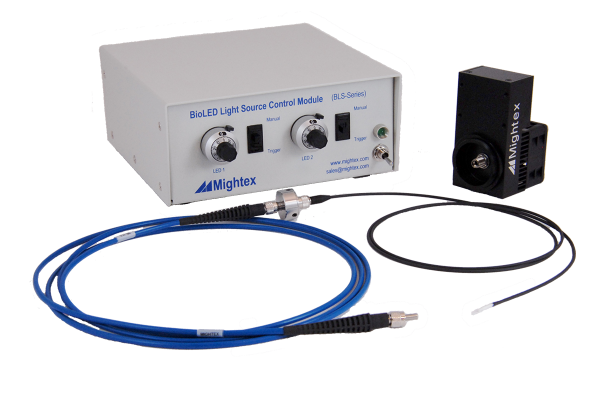
Optogenetic Stimulation: The Ultimate Guide
Contact Us
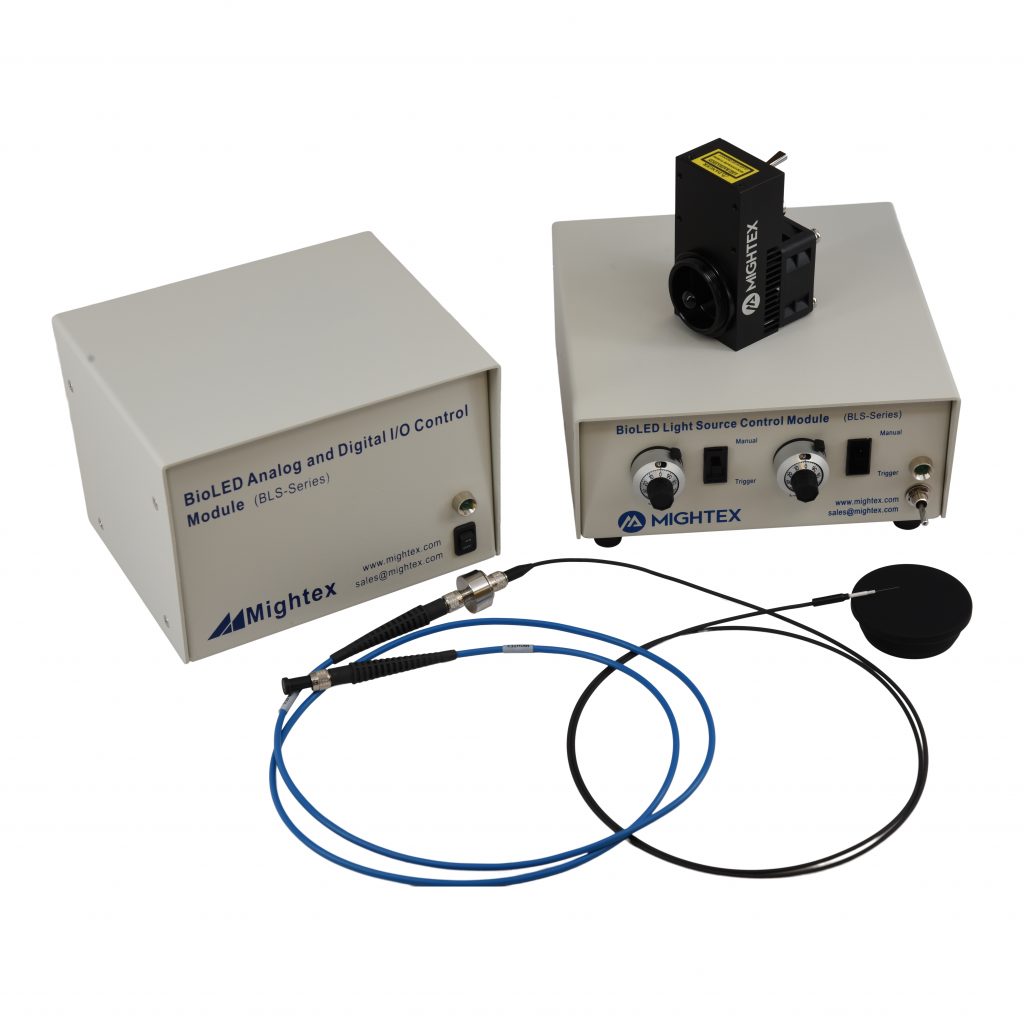
Contact Us WO
"*" indicates required fields
Contact Us WO (10205)
- (In Canada) 200 Consumers Road, Suite 805,
Toronto, Ontario M2J 4R4, CANADA - (Canada) 1-416-840-6115
- 1-416-840 6541
- (In US) 1241 Quarry Lane, Suite 105,
Pleasanton, CA 94566, USA - (US) 1-925-218-1885
- 1-416-840 6541


